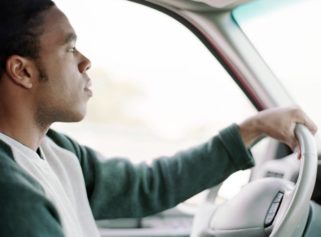
The group spent a year examining resegregation in America, paying particular attention to the schools of Tuscaloosa, Alabama. Sixty years after the Supreme Court decision in Brown v. Board of Education declared the end to separate and unequal education in the United States, there aren’t any more all-white schools in Tuscaloosa. The city’s white students generally attend schools with significant numbers of Black students. But Black students are no better off for it.
In Tuscaloosa today, nearly 1 in 3 Black students attends a school that looks as if Brown v. Board of Education never happened, according to ProPublica’s report, entitled “Segregation Now.”
“Tuscaloosa’s school resegregation — among the most extensive in the country — is a story of city financial interests, secret meetings, and angry public votes,” the report says. “It is a story shaped by racial politics and a consuming fear of white flight. It was facilitated, to some extent, by the city’s Black elites. And it was blessed by a U.S. Department of Justice no longer committed to fighting for the civil-rights aims it had once championed.”
The report concludes that it was federal court orders that brought about the integration of Southern schools by the 1970s—but things started changing in 2000. From Mississippi to Virginia, judges began releasing hundreds of school districts from court-enforced integration. As a result, many of the districts moved back toward resegregation.
“Black children across the South now attend majority-Black schools at levels not seen in four decades,” the ProPublica report states. “Nationally, the achievement gap between Black and white students, which greatly narrowed during the era in which schools grew more integrated, widened as they became less so.”
The term “apartheid schools” has arisen to describe schools where the white population is 1 percent or less. Most of these schools are in the Northeast and Midwest, but according to ProPublica, 12 percent of Black students in the South and nearly a quarter in Alabama now attend such schools.
The resegregation has been extreme: while only about 25 percent of Black students in the South attended schools in which at least 9 out of 10 students were racial minorities in 1972, when ProPublica looked at the districts released from desegregation orders between 1990 and 2011, it found that 53 percent of Black students now attend such schools.
“Freed from court oversight, Tuscaloosa’s schools have seemed to move backwards in time,” ProPublica concludes.


